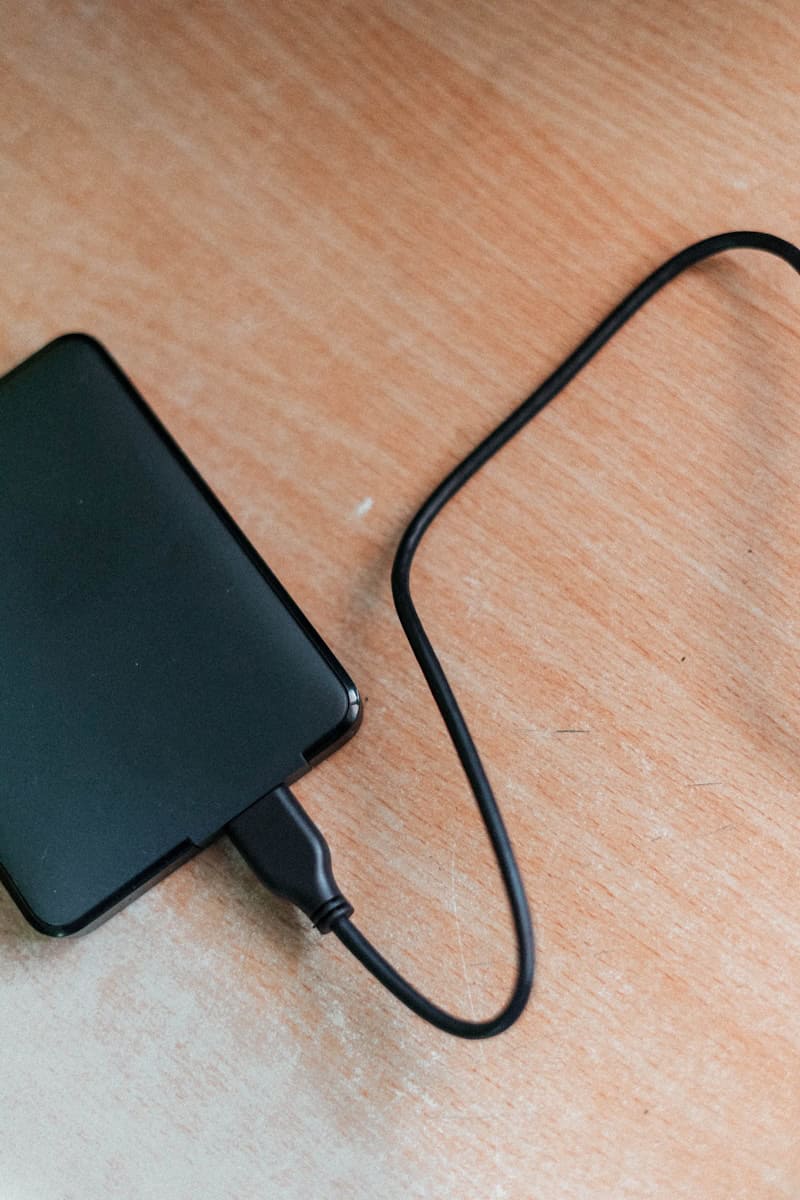Expanding the storage capacity of Android phones by attaching an external hard drive is an easy way to access large files like high-resolution photos and videos on the go. Most modern Android phones come with a USB On-The-Go (OTG) feature which allows them to connect to an external hard drive. In order to connect the two devices, a USB OTG cable is required to act as a bridge. Before connecting an external hard drive to an Android phone, it is important to ensure that the phone supports USB OTG functionality.
Once the hardware connection is established, the contents of the drive can be managed through a file manager app, which is often pre-installed on many Android devices or can be downloaded from the app store. Some drives may require a separate power source due to the limited power output of the phone. Additionally, the phone’s ability to read various file systems like NTFS or HFS+ may vary, which may require additional apps to access certain drives’ contents. As this process deals with the transmission of data, users should also consider the security implications and take appropriate measures to protect sensitive information.
How to Expand Your Android Device’s Storage
Yes, you can hook up an external hard drive to your Android phone. Doing so can give you much more space for all your photos, videos, and other files that might be taking up room on your Android device. Here’s what you need to know.
Check for USB OTG Support
Your Android phone needs to support USB On-The-Go (OTG). This allows your phone to act as a USB host, enabling it to read data from USB devices like external hard drives. Most newer Android phones support OTG, but it’s a good idea to check if you’re not sure. You can usually find this information in your phone’s specifications or by searching online.
Get an OTG adapter
You’ll need a USB OTG adapter to connect your external hard drive to your Android phone. This adapter usually has a USB-C connector (to plug into your phone) on one end and a standard USB-A port (to plug in your hard drive) on the other.
Choose the Right External Hard Drive
Not all external hard drives will work flawlessly with Android. Here are some things to consider:
- File System: Android supports FAT32 and exFAT out of the box. If your drive is formatted as NTFS, you might need a third-party app to access it.
- Power: Some external hard drives might require more power than your phone can provide. In this case, you may need a powered USB hub to make the connection work.
Connecting Your Hard Drive
Here’s how to connect your drive:
- Plug the OTG adapter’s USB-C connector into your Android phone.
- Connect your external hard drive to the OTG adapter’s USB-A port.
- Your phone should display a notification showing the external drive.
- Open a file manager app (such as “Files by Google”) and browse the contents of your external hard drive.
Things to Keep in Mind
| Feature | Things to Know |
|---|---|
| Compatibility | Make sure your external hard drive is formatted with a file system that Android supports. |
| Power Requirements | Some external hard drives require a lot of power. Be aware that connecting these to your phone can drain the battery faster. |
| File Transfers | Transferring large files can take time. It’s helpful to keep a charger nearby if you plan to transfer big files. |
With a little preparation, you can use an external hard drive to expand your Android phone’s storage and free up valuable space.
Key Takeaways
- Android phones can connect to external hard drives via USB OTG.
- A file manager app is needed to access and manage the drive’s data.
- Drive format compatibility and power requirements should be considered.
Connecting an External Hard Drive to an Android Phone
Connecting an external hard drive to your Android device expands storage space and allows for easy file transfer.
Understanding USB OTG and Compatibility
Before you connect an external hard drive to your Android phone, it’s important to know if your device supports USB On-The-Go (OTG). This feature enables an Android phone to act as a host to read data from and write data to the connected hard drive. Most modern smartphones include USB OTG support, but you can verify this by checking your phone’s specifications or by using an OTG checker app from the Google Play Store.
Required Hardware and Software
You’ll need a few items to connect your hard drive to your Android device:
- USB OTG cable or adapter
- Compatible external hard drive or solid state drive
- Android device with a charging port that matches your adapter (usually USB-C)
- File manager app from the Google Play Store (if your phone does not have one built-in)
Step-by-Step Connection Process
To connect your hard drive to your Android phone:
- Connect the USB OTG cable to your phone’s charging port.
- Plug the external hard drive into the other end of the USB OTG cable.
- A notification may appear to inform you that the external storage is connected.
- If not recognized automatically, pull down the notification panel and select the connected device to access the files.
Managing and Transferring Files
Once connected, use a file manager app to browse your hard drive. Here’s how to handle files:
- To copy or move files, select the items in your phone’s storage, then choose the hard drive’s folder as the destination.
- To back up photos, videos, music, or documents to the hard drive, navigate to the appropriate folder on your device, select the files, and transfer them to the drive.
- When finished, safely eject the hard drive from the notification panel or storage settings to prevent data loss.







